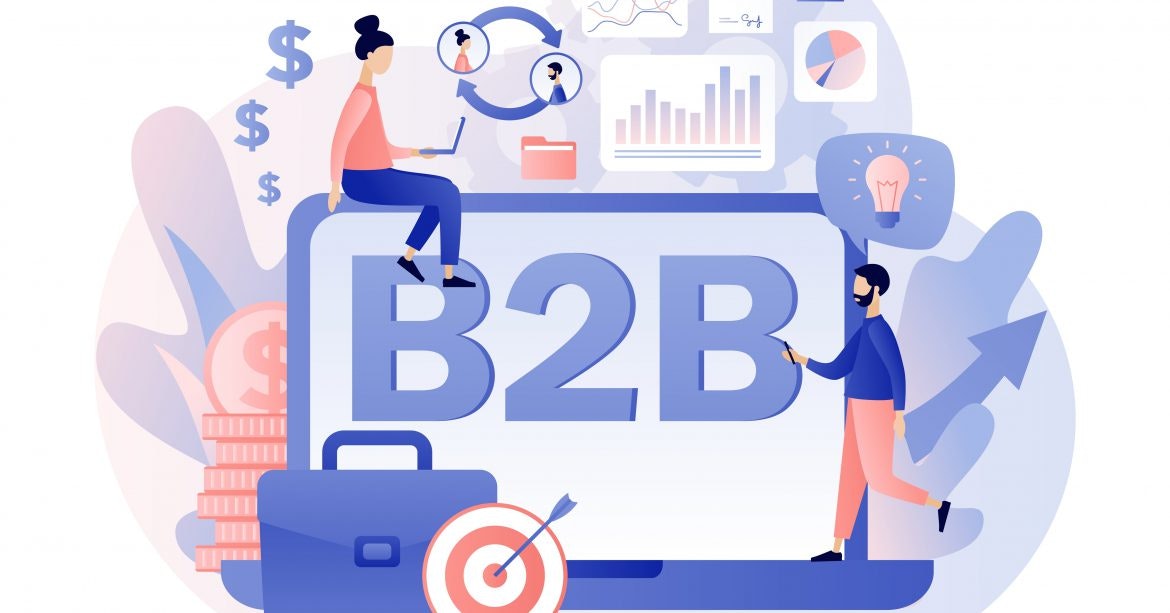B2B SaaS: How to Grow Your B2B SaaS Business in 2024
B2B SaaS, or Business-to-Business Software as a Service, has become a game-changer for companies looking to boost their growth through technology. Let's break down what this means and why it matters for your business.
What is B2B SaaS?
B2B SaaS refers to cloud-based software tools designed to help businesses operate more efficiently. These products are created by companies that sell their services to other businesses, offering solutions like apps, extensions, or add-ons.
Companies like Google, Microsoft, Shopify, and Slack are prime examples of B2B SaaS providers. They create and maintain applications that organizations can access online through a network of servers, commonly known as the "cloud."
Key benefits of B2B SaaS include:
Customizable solutions to fit your specific business needs
Regular updates and improvements without manual installations
Accessibility from anywhere with an internet connection
Cost-effective alternatives to traditional software
1. B2B SaaS Marketing: Creating Successful Marketing Campaigns
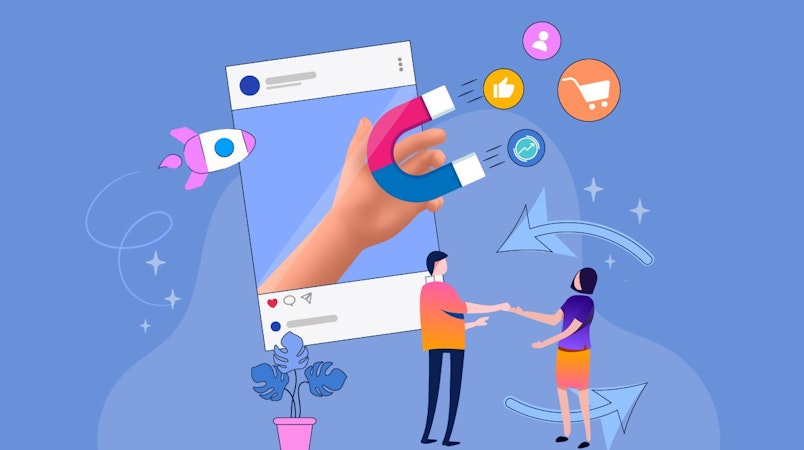
Marketing B2B SaaS products presents unique challenges in today's saturated market. With thousands of SaaS companies vying for attention, standing out requires a strategic approach.
Effective B2B SaaS marketing Campaigns involve:
Developing a well-defined strategy
Embracing creativity and innovation
Focusing on data-driven decisions
Willingness to experiment with new approaches
By implementing the right marketing strategies, you can attract more traffic to your website, generate quality leads, and elevate your brand in a crowded marketplace.
As the B2B SaaS industry continues to grow, staying ahead of the curve with innovative marketing tactics will be crucial for success. Your ability to adapt and leverage these powerful tools can significantly impact your business growth in the coming years.
Learn about the cutting-edge B2B SaaS marketing strategies to promote your B2B SaaS offering.
2. Use B2B SaaS Benchmarks to Set Your Standards
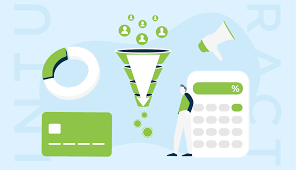
Benchmarking has become a crucial tool for B2B SaaS companies to assess their performance, identify areas of improvement, and stay ahead of the curve. B2B SaaS benchmarks are quantifiable metrics that allow organizations to measure and compare their key performance indicators (KPIs) against industry standards and best practices.
Some of the most important B2B SaaS benchmarks to track include:
Monthly Recurring Revenue (MRR):
This metric measures the predictable, subscription-based revenue your B2B SaaS business generates each month.
Customer Acquisition Cost (CAC):
The cost associated with acquiring a new customer, which helps you assess the efficiency of your sales and marketing efforts.
Churn Rate:
The percentage of customers who cancel or fail to renew their subscriptions, indicating the need to improve customer retention strategies.
Customer Lifetime Value (LTV):
The estimated revenue a customer will generate over the course of their relationship with your B2B SaaS business.
By closely monitoring and benchmarking these key metrics, you can make data-driven decisions, identify opportunities for growth, and ensure the long-term sustainability of your B2B SaaS venture. In the following section, we'll explore best practices for designing exceptional user experiences that can help you stay competitive in the B2B SaaS market.
Learn more about the key B2B SaaS benchmarks that drive success.
3. B2B SaaS UX Design: Design Exceptional User Experiences
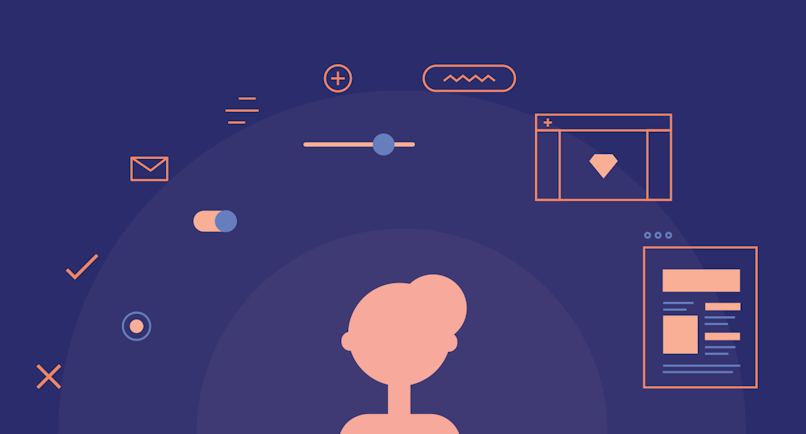
Effective B2B SaaS UX design goes beyond aesthetics. it involves a deep understanding of your target audience, their pain points, and their workflow requirements. By creating intuitive, personalized, and accessible B2B SaaS interfaces, you can empower your users to accomplish their tasks efficiently, develop long-term loyalty, and ultimately drive the success of your B2B SaaS business.
Some of the key best practices for designing exceptional B2B SaaS user experiences include:
1. Intuitive Navigation:
Ensure your B2B SaaS platform features a clear and logical information architecture, making it easy for users to find the features and functionalities they need.
2. Personalization:
Leverage user data to tailor the B2B SaaS experience to individual preferences, delivering relevant content, recommendations, and tool customizations.
3. Accessibility:
Prioritize inclusive design principles to ensure your B2B SaaS product is accessible to users with diverse abilities, enabling them to engage with your platform seamlessly.
4. Responsive Design:
Optimize your B2B SaaS interface for various devices and screen sizes, providing a consistent and enjoyable experience across desktop, tablet, and mobile platforms.
5. Continuous Improvement:
Regularly gather user feedback, analyze usage data, and iterate on your B2B SaaS UX design to address pain points and deliver ongoing enhancements.
In the next section, we'll delve into the critical metrics that can help you measure and optimize the performance of your B2B SaaS offering.
Discover the proven B2B SaaS UX design principles for optimizing your B2B SaaS user experience.
For more inspiration, take a look at some of the best examples of B2B SaaS designs and learn about the design strategies that make them effective.
4. B2B SaaS Metrics: Measure and Optimize your Business
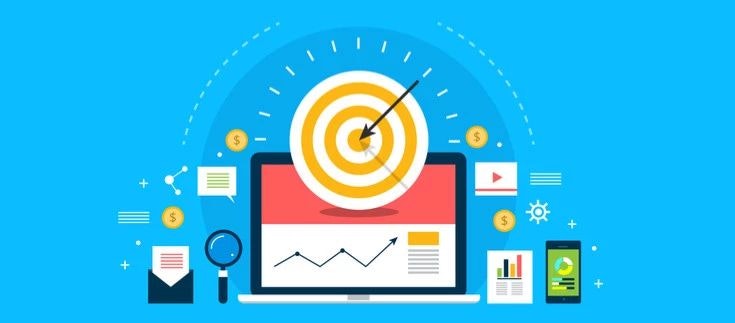
Monitoring and analyzing key performance metrics allow B2B SaaS companies identify areas for improvement, and make informed strategic decisions to enhance their offerings and better serve their customers.
The critical B2B SaaS metrics to track include:
1. Monthly Recurring Revenue (MRR):
This metric tracks the predictable, subscription-based revenue your B2B SaaS business generates each month, providing a clear indicator of your company's financial health and growth potential.
2. Annual Recurring Revenue (ARR):
ARR represents the annualized value of your B2B SaaS subscriptions, giving you a broader perspective on your business's long-term revenue stream.
3. Customer Acquisition Cost (CAC):
Calculating the cost associated with acquiring a new customer helps you assess the efficiency of your sales and marketing efforts, allowing you to optimize your investment.
4. Churn Rate:
Monitoring the percentage of customers who cancel or fail to renew their subscriptions can help you identify areas for improvement in customer retention and loyalty.
5. Customer Lifetime Value (LTV):
Estimating the revenue a customer will generate over the course of their relationship with your B2B SaaS business can inform your customer acquisition and retention strategies.
Know the B2B SaaS metrics that fuels growth in the B2B SaaS space.
In the following section, we'll explore effective lead generation strategies specifically tailored for the B2B SaaS market, helping you attract and convert the right customers for your business.
5. B2B SaaS lead generation: Generate Leads in the B2B SaaS Market
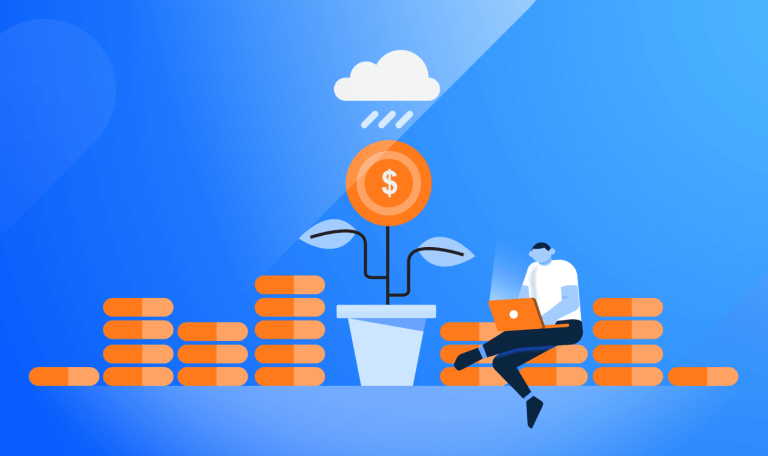
Effective B2B SaaS lead generation often begins with a strong content marketing strategy. By creating valuable, informative, and engaging content - such as industry-leading blog posts, whitepapers, webinars, and video tutorials - B2B SaaS businesses can position themselves as thought leaders, build trust, and attract potential customers organically.
Complementing your content marketing efforts, search engine optimization (SEO) plays a pivotal role in ensuring your B2B SaaS offerings are easily discoverable by your target audience. By optimizing your website, content, and digital presence for relevant keywords and user intent, you can drive high-quality traffic to your B2B SaaS platform and capture the attention of potential leads.
Additionally, using the power of social media platforms can be a highly effective way to connect with your B2B SaaS audience, build brand awareness, and nurture relationships with prospective customers. By engaging with your target market, sharing valuable insights, and fostering a strong online presence, you can generate a steady stream of qualified leads.
Finally, optimizing your B2B SaaS sales funnel is crucial for converting these leads into paying customers. By streamlining the customer journey, addressing pain points, and providing a seamless user experience, you can guide your prospects through the sales process and secure long-term B2B SaaS subscriptions.
For more detailed guidance, check out the effective B2B SaaS lead generation strategies to take your B2B SaaS business to the next level.
6. Create Winning B2B SaaS Marketing Strategies

At the heart of a winning B2B SaaS marketing strategy lies a deep understanding of your target market. By segmenting your customers based on factors such as industry, company size, pain points, and buyer personas, you can develop hyper-targeted marketing campaigns that address the unique needs and preferences of each group.
B2B SaaS market positioning: Effective B2B SaaS market positioning is another critical element of a successful marketing strategy. B2B SaaS companies must clearly articulate their unique value proposition, highlighting how their offerings solve the specific challenges faced by their target customers. This can involve emphasizing features, functionality, cost-effectiveness, or industry-specific expertise, depending on the competitive landscape and the needs of your audience.
Personalization: Personalization is also key in the B2B SaaS marketing landscape. By leveraging customer data, behavioral analytics, and advanced marketing automation tools, B2B SaaS companies can deliver highly tailored and relevant communications, offers, and experiences that build trust, foster loyalty, and drive conversions.
Customer-centric approach: Ultimately, a successful B2B SaaS marketing strategy is a dynamic, data-driven, and customer-centric approach that adapts to the evolving needs of the market. By staying agile, continuously testing and optimizing marketing initiatives, and fostering a deep understanding of their target audience, B2B SaaS companies can position themselves for sustained growth and long-term success.
Learn more about creating the most cutting-edge B2B SaaS marketing strategies to promote your B2B SaaS offering.
7. Accelerate your B2B SaaS Growth with Growth Hacking

Growth hacking for B2B SaaS involves the implementation of unconventional, innovative, and often automated strategies that are laser-focused on acquiring, retaining, and expanding the customer base. By leveraging a mix of marketing, product development, and data analysis, B2B SaaS companies can identify and exploit growth opportunities that may be overlooked by their more traditional counterparts.
Some of the key growth hacking strategies that B2B SaaS businesses can explore include:
1. Viral Loops:
Developing product features or marketing campaigns that encourage existing customers to actively refer new users, effectively creating a self-perpetuating cycle of growth.
2. Rapid Experimentation:
Continuously testing and iterating on various marketing, sales, and product initiatives to quickly identify the most effective growth drivers.
3. Data-Driven Decision Making:
Utilizing advanced analytics and business intelligence to inform strategic decisions, optimize marketing campaigns, and enhance the overall B2B SaaS user experience.
4. Automation and Scalability:
Automating repetitive tasks, streamlining internal processes, and leveraging technology to maximize the efficiency and scalability of B2B SaaS growth initiatives.
This agile, data-driven approach can be particularly effective in the B2B SaaS space, where the ability to quickly adapt and capitalize on emerging trends can make all the difference in a crowded and competitive landscape.
Explore the power of B2B SaaS growth hacking to accelerate your B2B SaaS company's expansion.
8. Hire a Specialized B2B UX Design Agency
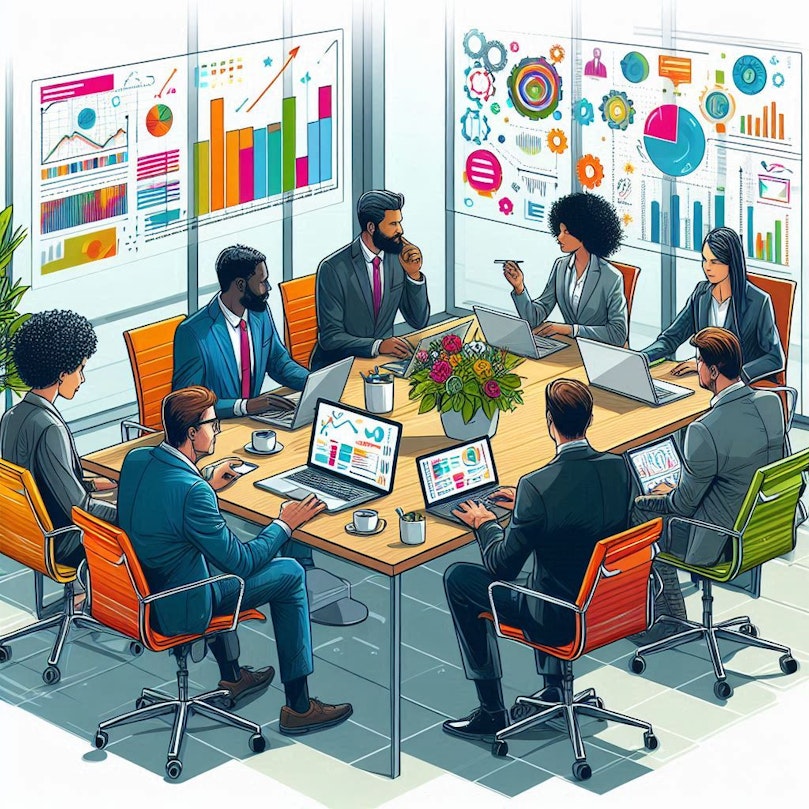
While many companies attempt to handle UX design in-house, partnering with a specialized B2B UX Design Agency can offer significant advantages:
Expertise in B2B Workflows
B2B UX design agencies bring deep knowledge of complex business processes. They understand how to create interfaces that streamline workflows and boost productivity for your clients. These experts have worked across various industries, helping them understand best practices and common pain points. They can design solutions that not only look good but also suit perfectly with your users' daily tasks and goals.
Data-Driven Design Decisions
Professional agencies use advanced analytics, artificial intelligence, and user testing to inform design choices. This data-centric approach leads to interfaces that truly meet user needs and business goals. They employ techniques like A/B testing, heat mapping, and user surveys to gather concrete evidence about what works and what doesn't. This methodical approach reduces guesswork and ensures that every design decision is backed by solid data.
Faster Time-to-Market
With dedicated teams and established processes, specialized AI design agencies can often deliver polished designs more quickly than in-house teams. This speed can give you a competitive edge in the fast-paced SaaS market. Agencies have refined their workflows and can hit the ground running, potentially shaving months off your development timeline.
Fresh Perspective
External design teams bring new ideas and industry-wide best practices to your product. They can identify blind spots and opportunities that internal teams might miss. Their exposure to various projects and industries allows them to cross-pollinate ideas, bringing innovative solutions to your specific challenges. This fresh viewpoint can be the catalyst for breakthrough improvements in your user experience.
Scalability and Flexibility
As your product grows, a UX design agency can scale their services to match. This flexibility allows you to manage resources more efficiently than maintaining a full-time in-house team. During intense project phases, you can ramp up the agency's involvement, then scale back during quieter periods. This adaptability ensures you're not overstaffed or understaffed as your needs fluctuate.
Focus on Core Competencies
By outsourcing UX design, your team can focus on what they do best – developing and improving your core product features. This division of labor allows everyone to play to their strengths. Your developers can concentrate on building robust, scalable software while UX experts ensure it's intuitive and user-friendly.
Access to Cutting-Edge Tools and Techniques
Specialized agencies invest in the latest design tools and technologies, which might be cost-prohibitive for individual companies. They stay updated with emerging trends and methodologies in UX design, bringing this knowledge to your project. This access ensures your product benefits from the most current design practices without the overhead of constant training and tool acquisition.
Objective User Advocacy
An external agency can serve as an unbiased advocate for your users. They're not influenced by internal politics or preconceived notions about your product. This objectivity allows them to push for user-centric decisions that might be challenging for internal teams to champion.
Partnering with a B2B UX Design Agency can elevate your product's user experience, driving adoption, satisfaction, and ultimately, business growth. Their specialized skills and perspective can help you create a product that not only meets but exceeds user expectations, setting you apart in the competitive B2B SaaS market.
Ready to transform your user experience? Read our comprehensive guide on The Benefits of Hiring a Specialized B2B UX Design Agency.
The Future of B2B SaaS
As we look ahead, it's clear that the future of B2B SaaS will be marked by continued innovation, deeper integrations, and a relentless focus on delivering exceptional user experiences.
One of the key trends we anticipate in the B2B SaaS space is the continued rise of artificial intelligence (AI) and machine learning (ML). B2B SaaS companies will increasingly leverage these transformative technologies to automate repetitive tasks, personalize the user experience, and generate actionable insights that drive strategic decision-making.
Additionally, the demand for seamless, cross-platform integration between B2B SaaS solutions will only continue to grow. B2B SaaS users will expect their tools to work in harmony, sharing data and automating workflows to boost productivity and efficiency. The B2B SaaS companies that can deliver on this promise of interconnectivity will be well-positioned to capture market share and solidify their position as industry leaders.
Moreover, the emphasis on user experience and design will become even more important in the B2B SaaS landscape. As the competition for customer attention and loyalty intensifies, B2B SaaS providers will need to prioritize intuitive interfaces, personalized features, and continuous user feedback to ensure their offerings remain relevant and valuable to their target audiences.
Finally, the increasing focus on sustainability, data privacy, and ethical practices will shape the future of the B2B SaaS industry. B2B SaaS companies that can demonstrate a commitment to environmental responsibility, data security, and transparent business practices will earn the trust and loyalty of their customers, positioning themselves for long-term success.
Wrapping Up
As we've explored throughout this guide, B2B SaaS has become a powerful force in the business world. Let's recap the key points:
B2B SaaS solutions offer customizable, cloud-based tools that help businesses operate more efficiently.
Effective marketing is crucial in the competitive B2B SaaS landscape.
Benchmarks and metrics provide valuable insights for growth and improvement.
User experience design plays a vital role in product success and customer retention.
Lead generation and nurturing are essential for sustained business growth.
Diverse marketing strategies, from content creation to account-based approaches, can drive success.
Growth hacking techniques can accelerate your B2B SaaS company's expansion.
By leveraging these aspects of B2B SaaS, you can transform your business operations, reach new customers, and stay ahead in a rapidly evolving market.
Remember, the B2B SaaS world is dynamic and ever-changing. Stay curious, keep learning, and be ready to adapt your strategies as the industry evolves.
Ready to take your B2B SaaS journey to the next level? Explore our in-depth guides on each topic to dive deeper into the strategies and tools that can propel your business forward.

